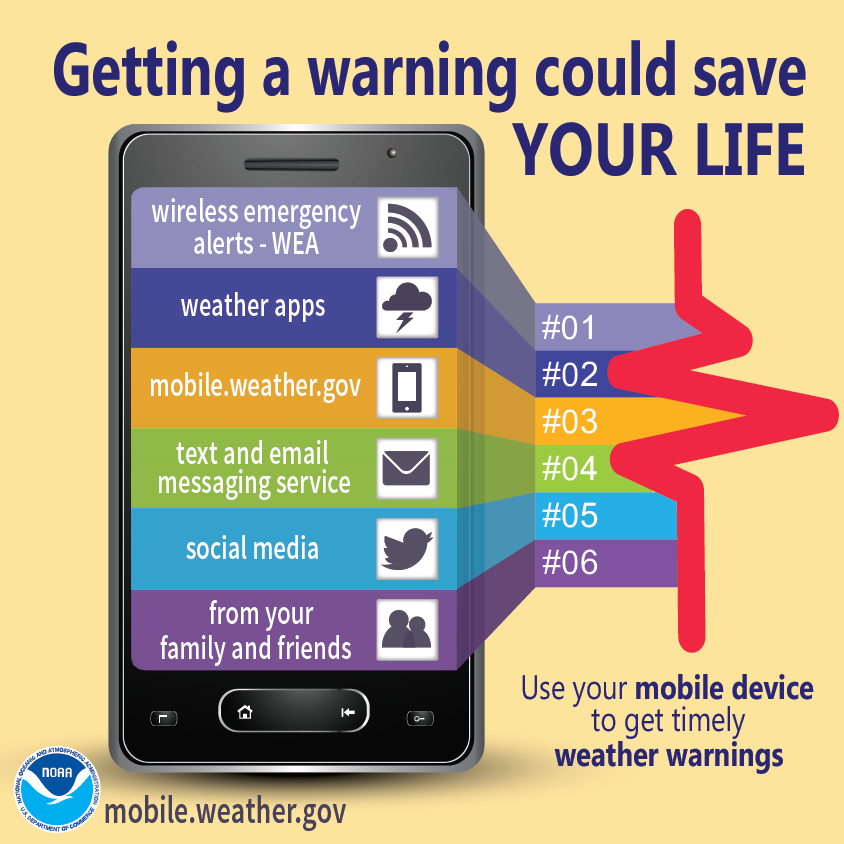Tornado Warning vs Watch: Understanding the Difference and How to Stay Safe
Staying safe during severe weather starts with understanding weather alerts. The terms tornado warning vs watch often cause confusion, but knowing the difference is vital for protecting yourself and your loved ones when storms threaten your area.

Tornado Watch: Be Prepared
A tornado watch tells you that weather conditions are favorable for tornadoes to develop. It doesn't mean a tornado has been spotted, but it does mean you should be vigilant. These alerts usually cover large areas for a set period, often several hours. While a watch is in effect, monitor weather updates, check your emergency kit, and be ready to act if conditions worsen.
According to experts at Knoxville News Sentinel, a tornado watch means residents should prepare because tornadoes might occur in and near the watch area. The National Weather Service typically issues these alerts when the risk of dangerous weather, like tornadoes, increases but specific timing and location remain uncertain.
Tornado Warning: Take Action Now
A tornado warning is much more urgent. This alert means a tornado has either been spotted on the ground or detected by weather radar. Warnings usually cover a smaller area, such as a single city or county, indicating that a tornado is either imminent or already occurring.
When you receive a tornado warning, act immediately. Seek shelter in a basement or an interior room on the lowest floor of a sturdy building. Stay away from windows and avoid using elevators. Knowing the distinction between tornado warning vs watch can save lives in critical moments.
Why the Difference Matters
The main difference between a tornado watch and a tornado warning is urgency. A watch means be prepared—the conditions are right for tornadoes. A warning means a tornado is happening—take cover right away.
This distinction extends beyond tornadoes. The Lansing State Journal explains that watches and warnings apply to many types of severe weather, including thunderstorms and high winds. In all cases, a watch gives you time to get ready, while a warning is your prompt to seek shelter immediately.
Tips to Stay Informed and Safe
- Monitor local weather: Use a weather radio or trusted app to receive real-time updates.
- Sign up for alerts: Many local emergency management agencies offer text, call, or email alerts. These services are often more effective than outdoor sirens, which only reach people outside. Learn more at Knox County's emergency alert sign-up.
- Create an emergency plan: Know where to go and what to bring if a warning is issued.
- Secure loose items outdoors: Strong winds can turn objects into hazards.
For further details on how the National Weather Service issues and communicates these alerts, check out this informative overview by the Coloradoan.
Summary: Preparedness Makes the Difference
Understanding tornado warning vs watch is crucial for responding effectively to severe weather. Watch alerts give you time to get ready, while warnings mean it’s time to act. Stay informed, have a plan, and take warnings seriously to keep yourself and those around you safe.